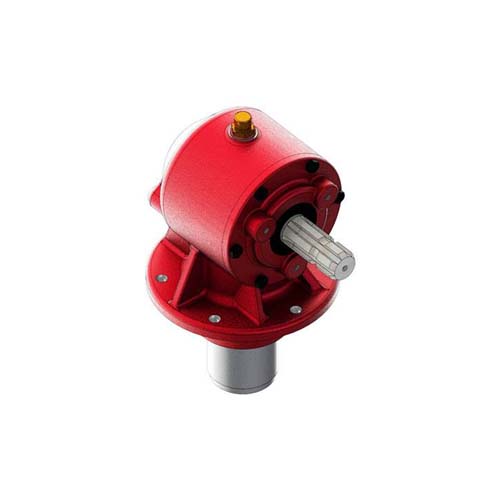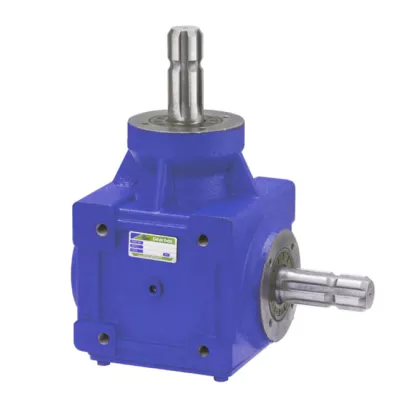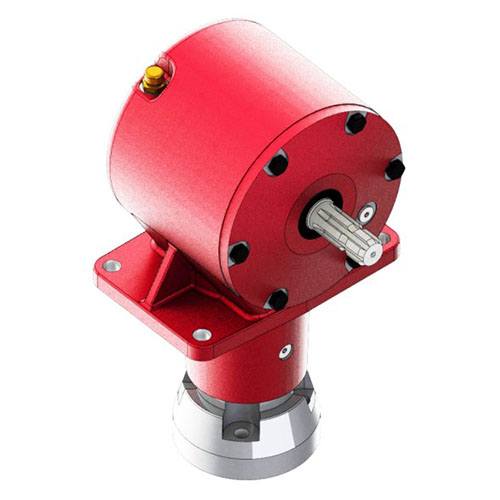Product Description
Parallel shaft H series helical gear reducer gearbox with heavy-duty industrial gearbox
Product Description
1. Model Number
Types: H1,H2,H3,H4 Parallel Shaft Gearbox
Sizes: 1,2,3,4,5,24,25,26
2. Product Characteristics
(1)Large torque range, capable of horizontal mounting and vertical mounting.
(2)High-efficiency and long life-span, high permissible axial and radial loads.
(3)Low noise, high reliability and compact structure and so on.
(4)Output shafts type: CZPT shaft, hollow shaft and hollow shaft with shrink disk.
(5)Low noise, high reliability and compact structure.
DimensionsCustomization according to the application.
Rated Power:4KW~3015KW
Rated Torque:0.79N.m~9N.m
| Ratio |
I=1/1.25~1/450 |
| Gear Arrangement |
Helical Hardened Gearbox |
| Rated Torque |
0.79n.M~900kn.M |
| Rated Power |
4kw~3015kw |
| Input Speed |
1500r/Min,1000r/Min,750r/Min |
Packaging & Shipping
Company Profile
Our Advantages
FAQ
1.Q:What kinds of gearbox can you produce for us?
A:Main products of our company: UDL series speed variator,RV series worm gear reducer, ATA series shaft mounted gearbox, X,B series gear reducer,
P series planetary gearbox and R, S, K, and F series helical-tooth reducer, more
than 1 hundred models and thousands of specifications
2.Q:Can you make as per custom drawing?
A: Yes, we offer customized service for customers.
3.Q:What is your terms of payment ?
A: 30% Advance payment by T/T after signing the contract.70% before delivery
4.Q:What is your MOQ?
A: 1 Set
If you have any demand for our products please feel free to contact me.
| Application: | Machinery |
|---|---|
| Function: | Change Drive Torque, Speed Changing, Speed Reduction |
| Layout: | Helical |
| Hardness: | Hardened Tooth Surface |
| Installation: | Horizontal Type |
| Step: | Double-Step |
| Customization: |
Available
Upgrading Your Mower Gearbox for Improved PerformanceIf you’re looking to enhance the performance of your mower, upgrading the gearbox can be a viable option. Here’s what you should consider:
Upgrading your mower gearbox can indeed lead to improved performance, but it’s important to carefully research and choose the right gearbox for your specific needs. Consulting with experts and considering all factors can help you make an informed decision. | Customized Request |
|---|

Function of a Mower Gearbox
A mower gearbox operates through a series of gears and components that work together to transmit power and convert the rotational motion of the engine into the cutting action of the blades. Here’s how a typical mower gearbox works:
- Power Input: The mower gearbox receives power from the mower’s engine via a drive shaft.
- Gear Reduction: The gearbox contains a set of gears that are arranged in specific ratios to achieve the required torque and speed conversion. The input gear, connected to the drive shaft, meshes with one or more intermediate gears.
- Torque Conversion: As the input gear turns, it drives the intermediate gears. The gear arrangement within the gearbox results in a reduction of speed and an increase in torque. This is essential for providing the cutting blades with the necessary force to cut through vegetation.
- Blade Connection: The output shaft of the gearbox is connected to the cutting blades. As the gearbox output shaft rotates, it transfers the torque to the blades, causing them to spin.
- Blade Rotation: The rotational motion of the blades is what enables them to cut through grass and other vegetation. The increased torque generated by the gearbox allows the blades to effectively perform cutting or mulching actions.
Modern mower gearboxes are designed for efficiency, durability, and precision. They are often equipped with ball bearings, seals, and lubrication to minimize friction and ensure smooth operation. Some mower gearboxes also include additional features such as adjustable cutting heights, blade synchroniz
Common Problems with Mower Gearboxes and How to Fix Them
Mower gearboxes can experience various issues over time. Here are some common problems and their potential solutions:
- Leaking Oil: If you notice oil leaks, inspect the seals and gaskets. Replace any damaged components and refill the gearbox with the appropriate oil.
- Strange Noises: Unusual noises can indicate worn bearings or gears. Inspect the gearbox for wear and replace any damaged parts.
- Overheating: Overheating can result from low oil levels or excessive friction. Check the oil level and quality, and ensure proper lubrication.
- Poor Performance: If the mower gearbox isn’t performing as expected, check for loose belts, misaligned pulleys, or damaged gears. Adjust or replace parts as needed.
- Slipping Belts: Slipping belts can cause uneven cutting. Check the tension of the belts and adjust them to the manufacturer’s specifications.
- Lack of Power: If the mower lacks power, check the gearbox and belts for obstructions, and make sure the gears are functioning properly.
- Vibration: Excessive vibration can result from imbalanced blades or damaged gearbox components. Balance the blades and inspect the gearbox for wear.
- Stuck Gears: If gears become stuck, check for debris or damage. Clean the gearbox and replace any worn or damaged parts.
- Worn Bearings: Worn bearings can cause increased friction and noise. Replace worn bearings with new ones to maintain smooth operation.
- Seized Components: If parts are seized, such as pulleys or shafts, inspect for damage or corrosion. Lubricate or replace components as needed.
For any complex issues or if you’re unsure about repairs, it’s recommended to consult the mower’s manual or seek help from a professional technician or authorized service center.
ation, and directional control to enhance the versatility of the mower.


editor by CX 2023-08-16
